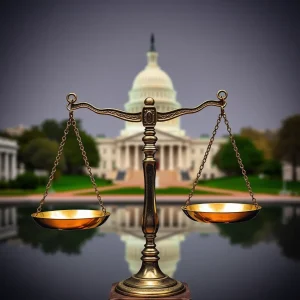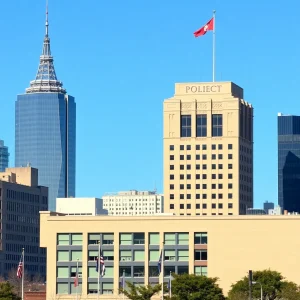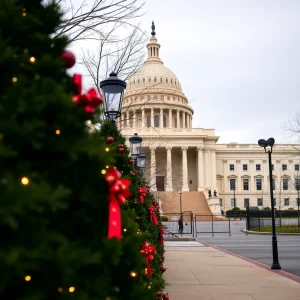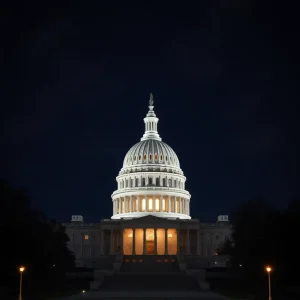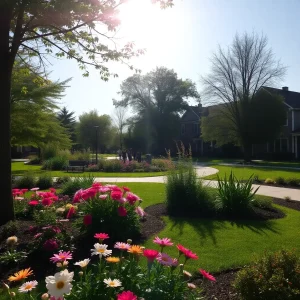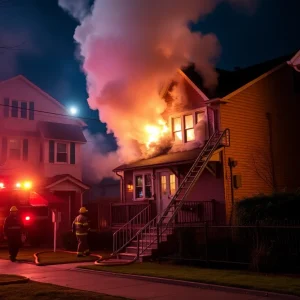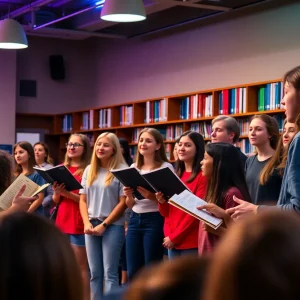Massachusetts Braces for Impact of Supreme Court Ruling on College Diversity
Massachusetts has been buzzing with news lately as two prestigious institutions, Amherst College and Tufts University, announced a noticeable decline in the number of Black students enrolled for the new academic year. This shift comes on the heels of the supreme court’s controversial decision to end affirmative action in college admissions, leaving many to wonder what this means for diversity on campus.
What’s Happening?
This year marks a significant change for both schools. At Amherst College, the percentage of Black students in the incoming freshman class dropped from 11% last year to just 3% this year. It’s not just Black students seeing a decline; the number of Hispanic students also fell, from 12% to 8%. Interestingly, white students saw a rise in their numbers, going from 33% to 39%, while Asian American students made a slight gain, moving up from 18% to 20%.
Tufts University reported a similar story. For the class of 2028, Black students accounted for 4.7% of the incoming class, compared to 7.3% last year. White student enrollment increased to 49.3% from 46.8%. The Asian American community saw a minor drop from 20.3% to 19.7%.
Wider Implications
This trend raises a big question: are these declines just an isolated incident, or are they the start of a larger pattern? The recent ruling has many critics worried it could lead to a less diverse educational landscape, especially among elite colleges. Just last week, the Massachusetts Institute of Technology (MIT) shared similar concerns, reporting that the percentage of Black students admitted fell drastically from 15% to 5%. Hispanic and Latino student enrollment also took a hit, dropping from 16% to 11%.
According to Andrew McGann, the dean of admissions at Amherst, the effects can’t be ignored. In a statement to students, he admitted, “as a consequence of the supreme court’s decision, the incoming class is not as racially diverse as recent classes have been.”
Looking Ahead
As the dust settles on this ruling, many are keeping an eye on schools like Harvard University and the University of North Carolina, which are also grappling with these changes. Data from these institutions have yet to hit the public domain, leaving many anxiously awaiting those numbers to better understand the overall impact.
In the wake of this news, students and parents alike are questioning what the future holds for campus diversity, especially at prestigious universities that have traditionally prided themselves on inclusive environments. The trends from Amherst and Tufts could just be the tip of the iceberg.
Community Reactions
Locally, the community is reacting to these stats with mixed feelings. Some students have expressed frustration and a sense of loss over the decline in representation. “It’s disappointing to see such a drop, especially at schools like these, which are often seen as leaders in promoting diversity and inclusion,” one student mentioned. Others feel it may reflect a shift in values regarding how colleges view admissions processes.
Time to Reflect
As this academic year begins, it’s clear that the ruling will resonate beyond just enrollment figures. Discussions surrounding diversity, equity, and inclusion will likely be front and center in classrooms and on campuses across the country. With a continuing focus on these issues, the upcoming year will be pivotal in shaping what academic environments look like moving forward.





